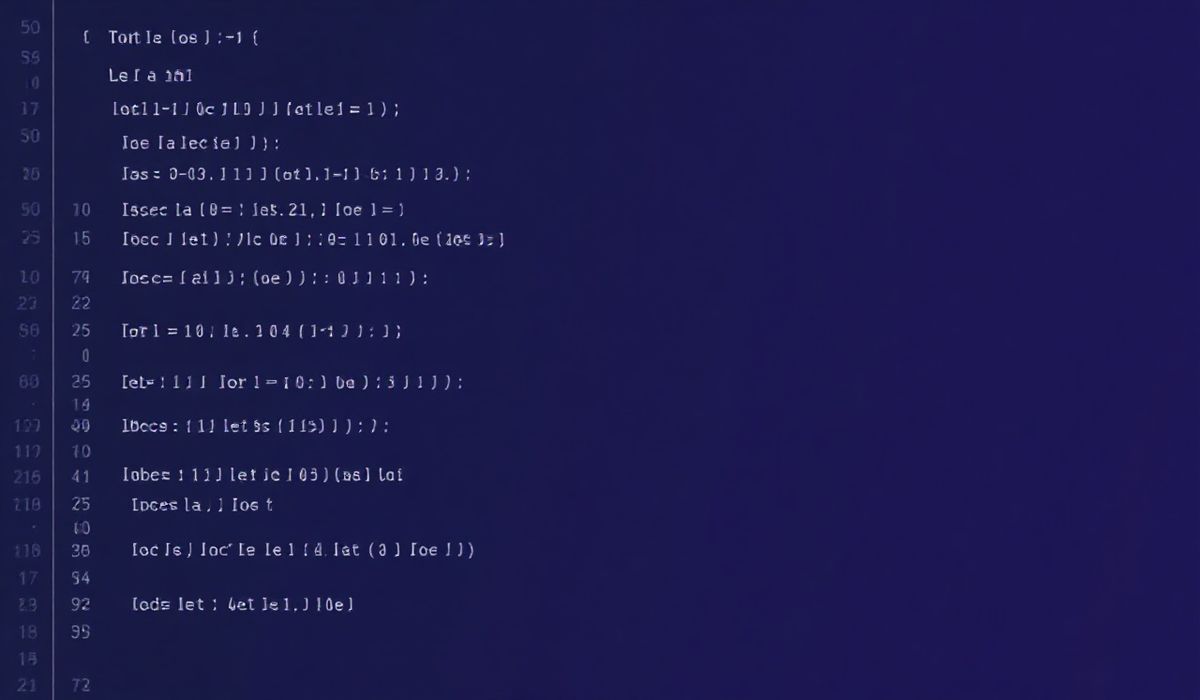Introduction to Kiwisolver
Kiwisolver is a lightweight, efficient, and extensible Python library for solving systems of linear constraints. It is commonly used in GUI applications to implement constraint-based layouts. Written in C++, Kiwisolver offers blazing-fast performance while providing a Python-friendly API.
With Kiwisolver, you can define variables, constraints, and equations programmatically and solve them to achieve highly responsive and adaptive layouts or perform mathematical optimizations.
Setting Up Kiwisolver
To get started with Kiwisolver, install it using pip:
pip install kiwisolver
Core Concepts
Here are the core concepts of Kiwisolver:
- Variable: A symbolic representation of unknown values to be computed.
- Constraint: A mathematical statement that defines relationships between variables.
- Strength: The importance of satisfying a constraint. Options include strong, medium, and weak.
- Solver: The engine that processes constraints and solves for variable values.
API Examples
Creating Variables
Variables are the building blocks in Kiwisolver:
from kiwisolver import Variable
x = Variable("x")
y = Variable("y")
print(x, y) # Outputs: x, y
Adding Constraints
Constraints help define relationships between variables:
from kiwisolver import Constraint constraint = x + y == 10 print(constraint) # Outputs: (x + y) == 10
Setting Strengths
The strength of a constraint determines its priority level:
from kiwisolver import strength constraint = (x + y == 10) | strength.strong
Solving Constraints
Use a solver to process constraints and compute variable values:
from kiwisolver import Solver solver = Solver() solver.addConstraint(x + y == 10) solver.addConstraint(x - y == 2) solver.solve() print(x.value()) # Outputs: 6.0 print(y.value()) # Outputs: 4.0
Editing Variables
Modify variables dynamically and re-solve constraints:
solver.suggestValue(x, 8.0) solver.solve() print(x.value()) # Outputs: 8.0 print(y.value()) # Outputs: 2.0
Strength Levels
Kiwisolver provides these predefined strength levels:
strength.requiredstrength.strongstrength.mediumstrength.weak
Real-World Example: A Simple Constraint-Based App
Let’s build a simple app using Kiwisolver for a dynamic layout:
from kiwisolver import Variable, Solver, strength
# Define variables
left = Variable("left")
right = Variable("right")
width = Variable("width")
# Define solver and constraints
solver = Solver()
solver.addConstraint(width == right - left)
solver.addConstraint(left >= 0 | strength.strong)
solver.addConstraint(right <= 800 | strength.strong)
solver.addConstraint(width == 400 | strength.medium)
# Solve constraints
solver.solve()
print(f"Left: {left.value()}, Right: {right.value()}, Width: {width.value()}")
# Example Output: Left: 200.0, Right: 600.0, Width: 400.0
In this example, the app dynamically adjusts the layout while respecting the constraints defined for left, right, and width.
Conclusion
Kiwisolver is an essential library for developers working on dynamic layouts or constraint-based mathematical formulations. With its intuitive API, fast performance, and extensibility, it is a powerful tool in the Python ecosystem.
Experiment with Kiwisolver to bring responsive design and optimization to your next project!




